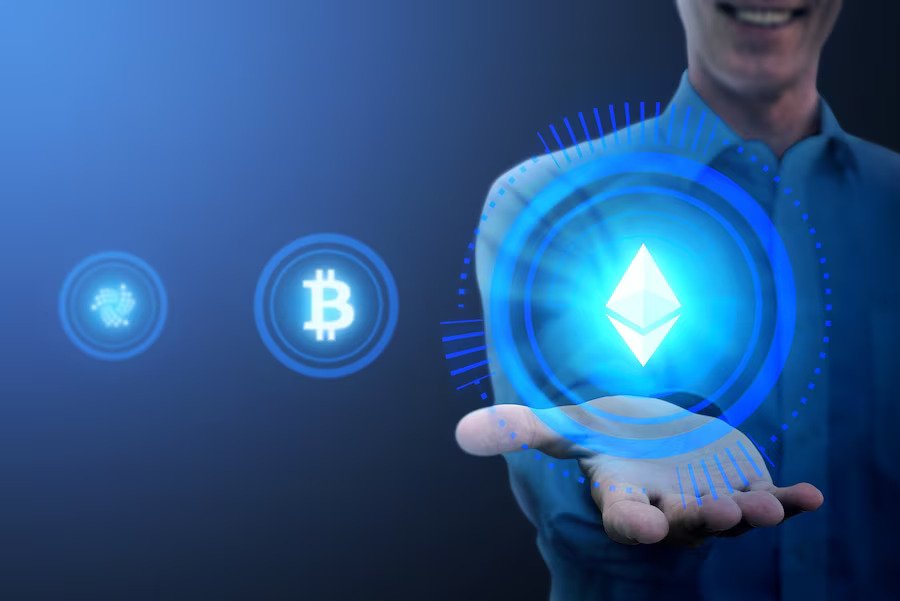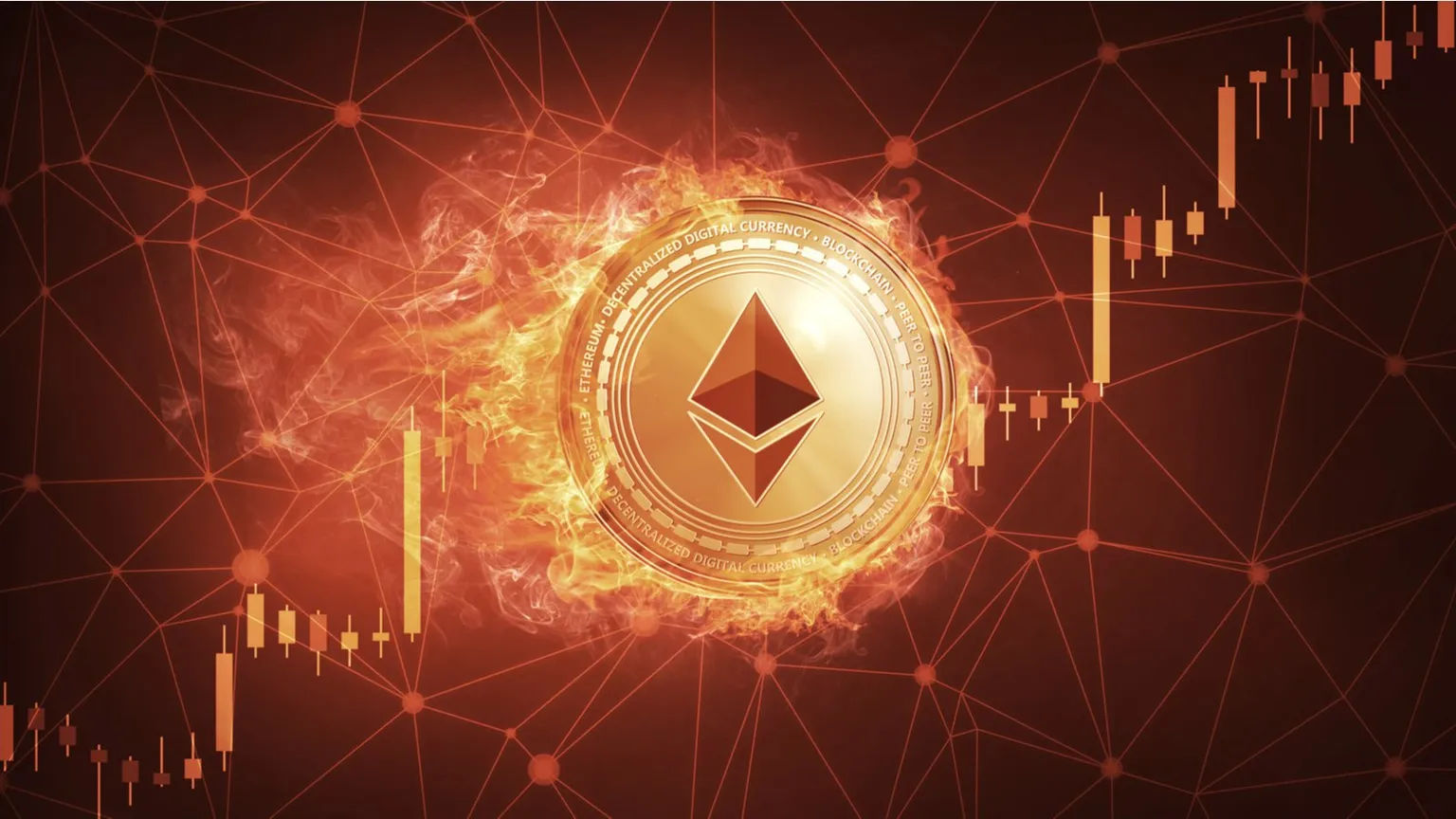Evaluating Ethereum’s Token Burning: Risks and Constraints
The token-burning mechanism in Ethereum has garnered significant attention within the cryptocurrency community. By exploring its benefits, examining its risks, and considering its future implications, we can gain a comprehensive understanding of Ethereum’s token-burning mechanism. If you have intentions to invest in Ethereum, I encourage you to Explore the app, which can provide valuable insights and tools to enhance your Ethereum investment journey.
Exploring the Benefits of Ethereum’s Token Burning Mechanism
Token burning reduces the supply of a particular cryptocurrency, creating a sense of scarcity. As the number of tokens in circulation decreases, the remaining tokens become more valuable, potentially leading to price appreciation. This can attract investors and traders who are seeking assets with a limited supply, ultimately contributing to a healthier market ecosystem.
By reducing the circulating supply, token burning can potentially help stabilize the price of a cryptocurrency. A controlled reduction in supply can counterbalance inflationary pressures and prevent excessive price volatility. This stability can instill confidence in market participants, including investors, businesses, and developers, fostering a more predictable and sustainable environment for Ethereum and its ecosystem.
Token burning can have a positive impact on the security of the Ethereum network. When tokens are burned, they become permanently unusable, reducing the potential for fraudulent or malicious activities. This mechanism can incentivize honest behavior and discourage malicious actors from attempting to exploit the network. Consequently, token burning contributes to the overall security and integrity of the Ethereum blockchain.
Examining the Risks Associated with Ethereum’s Token Burning Mechanism
While Ethereum’s token burning mechanism offers potential benefits, it is crucial to also consider the risks and limitations it presents. Understanding these risks can help us evaluate the long-term viability and effectiveness of token burning as a mechanism within the Ethereum ecosystem.
Token burning can potentially lead to a dilution of intrinsic value. As tokens are burned, the total supply decreases, but if the demand does not keep pace or if the burning is excessive, it can lead to a mismatch between supply and demand. This imbalance could result in a devaluation of the remaining tokens, negatively impacting their worth and the confidence of investors and users in the Ethereum network.
The token burning mechanism could be subject to manipulation and speculative behavior. Some actors might engage in strategic token burning activities to create artificial scarcity and drive up prices temporarily. This manipulation can distort the market and undermine its integrity, potentially leading to financial losses for unsuspecting participants.
Token burning may inadvertently contribute to network centralization and governance concerns. In some cases, token burning mechanisms can concentrate power in the hands of a few major holders who have significant control over the decision-making process. This concentration of power can compromise the decentralized nature of the Ethereum network and raise questions about its governance structure and fairness.
It is essential to carefully assess and address these risks to ensure the long-term sustainability and stability of Ethereum’s token burning mechanism. By implementing appropriate safeguards and regulatory measures, the Ethereum community can mitigate these risks and promote a more transparent and resilient ecosystem.
The Future of Ethereum’s Token Burning Mechanism
The future of Ethereum’s token burning mechanism holds both opportunities and challenges as the network continues to evolve. As advancements are made and new technologies emerge, it becomes crucial to consider the potential improvements and iterations that can enhance the effectiveness of token burning within the Ethereum ecosystem.
One area of focus for the future is the exploration of alternative token burning models. While the current mechanism may have its limitations, continuous research and development can lead to innovative approaches that address these concerns. This could involve finding a balance between token burning and other mechanisms, such as token staking or governance protocols, to create a more comprehensive and robust system.
Additionally, market and community response will play a significant role in shaping the future of token burning. Feedback from users, developers, and stakeholders will provide valuable insights into the effectiveness and impact of the current mechanism. This feedback can guide the implementation of improvements and help prioritize areas of focus for further development.
As Ethereum transitions from a proof-of-work to a proof-of-stake (PoS) consensus algorithm, token burning may undergo further refinement. PoS introduces economic incentives that can be integrated with token burning, creating a more sustainable and environmentally friendly ecosystem. This transition could lead to greater efficiency, scalability, and security within the Ethereum network, enhancing the potential benefits of token burning.
Conclusion
While it offers benefits such as enhanced scarcity, price stability, and network security, it is not without risks, including intrinsic value dilution, manipulation, and governance concerns. With ongoing research, alternative approaches, and community collaboration, the future of token burning in Ethereum holds promise for improved functionality and sustainability. By addressing these risks and leveraging technological advancements, Ethereum can continue to evolve its token-burning mechanism.



















